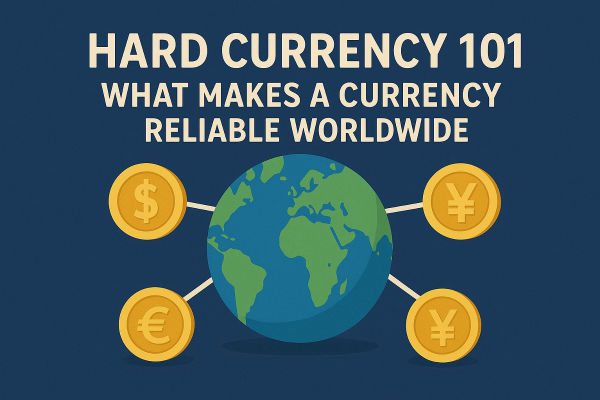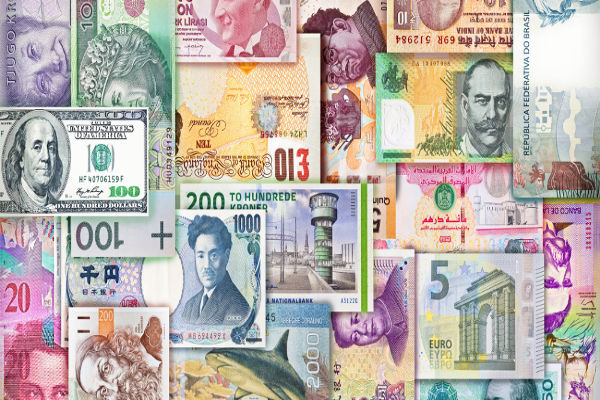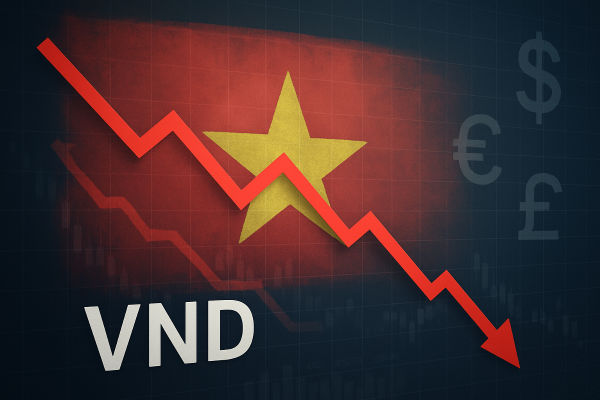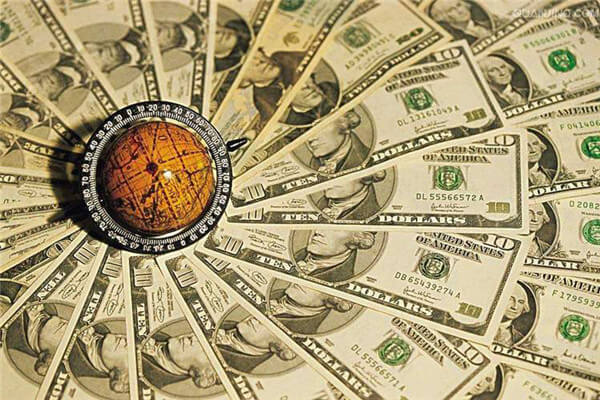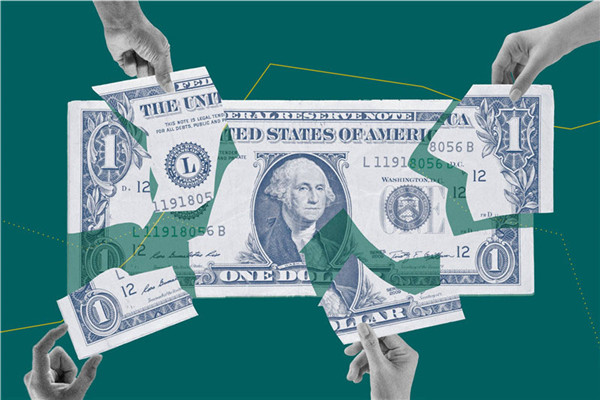Currencies are the lifeblood of global trade, but not all are created equal. Some move like steady anchors, keeping economies grounded through financial storms. Others swing wildly, losing value and trust when uncertainty rises. Hard currencies fall in the first group. They represent strength, confidence, and reliability, acting as the foundation of international exchange.
Understanding what makes a currency “hard” is key to grasping how the world economy functions. Whether you are a trader, a business owner, or a traveller, hard currencies influence every transaction, from import prices to foreign reserves.
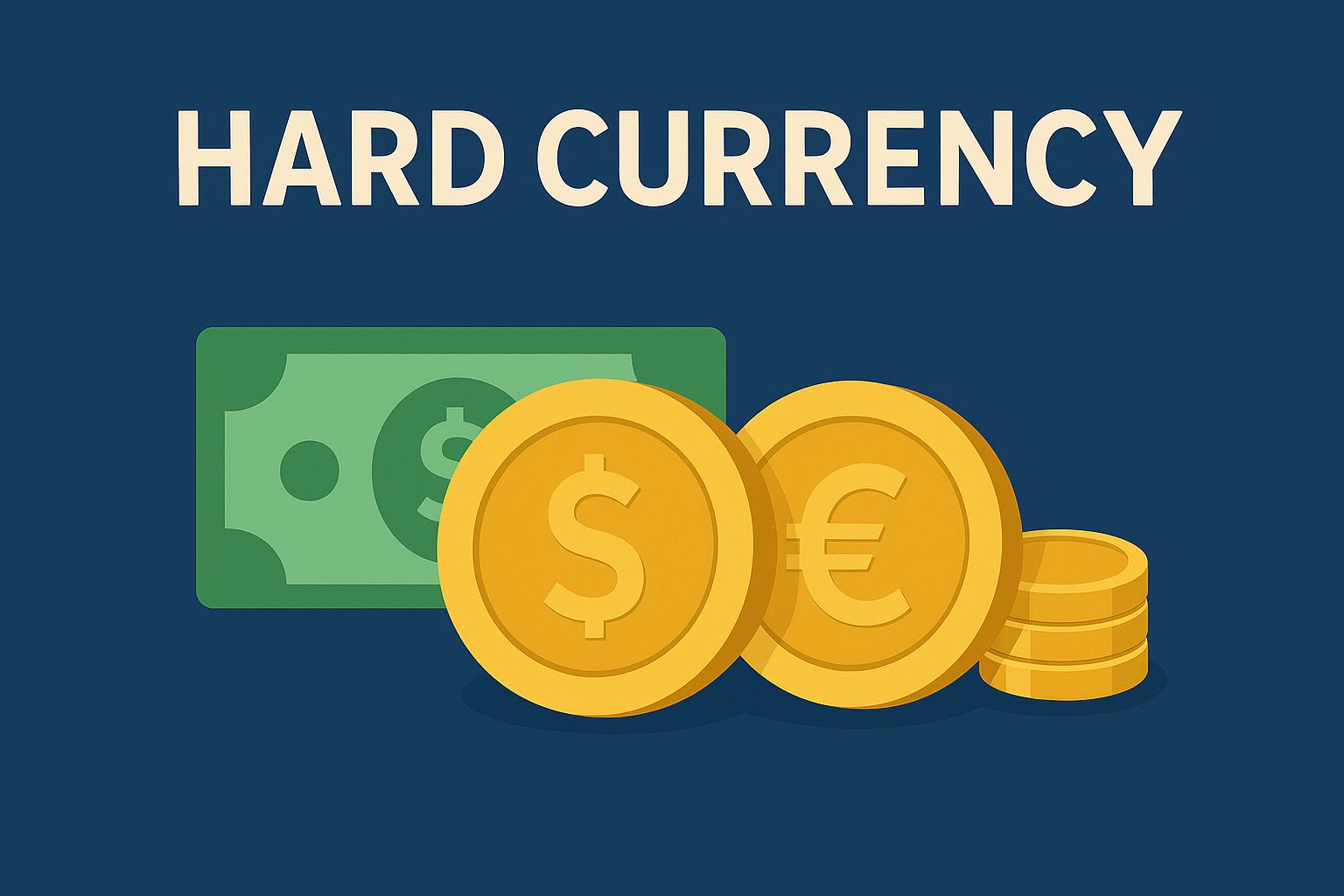
What Is a Hard Currency?
A hard currency is one that maintains its value over time and is widely accepted across the world for international trade and finance. It is issued by a country with a strong, stable economy, a transparent political system, and sound monetary policy. Examples include the US dollar (USD), euro (EUR), Japanese yen (JPY), British pound (GBP), and Swiss franc (CHF).
These currencies are trusted because the nations behind them have low inflation, robust growth, and credible central banks. Businesses and investors prefer hard currencies for contracts and settlements because they reduce uncertainty. In contrast, a soft currency, such as the Argentine peso or Turkish lira, tends to fluctuate heavily and may lose purchasing power quickly due to inflation or political instability.
The concept of a hard currency emerged in the 20th century as global trade expanded. Countries with consistent fiscal discipline and deep financial markets saw their currencies adopted as global benchmarks. Today, these currencies form the backbone of the global reserve system.
Key Characteristics of a Hard Currency
1. Stability
Hard currencies are anchored by economic stability. They come from countries with low inflation rates, sustainable debt levels, and predictable policy decisions. The International Monetary Fund (IMF) reported in 2025 that nations issuing hard currencies had an average annual inflation rate below 3 percent, compared with more than 25 percent in weaker economies.
2. Liquidity
Liquidity means ease of exchange. Hard currencies are traded in large volumes daily. The US dollar, for example, is involved in more than 88 percent of all foreign exchange transactions worldwide, according to the 2025 Bank for International Settlements (BIS) survey. This high liquidity ensures that traders and central banks can enter or exit positions quickly without major price swings.
3. Global Acceptance
Hard currencies serve as a common medium for international trade and settlement. Most commodities, such as oil, gold, and coffee, are priced in US dollars, making it the de facto global unit of account. The euro and yen are also used extensively in cross-border contracts and reserve holdings, offering alternatives that reduce dependence on a single currency.
4. Trust and Governance
Trust is the invisible pillar behind every hard currency. Investors and governments have confidence that these currencies will hold their value because the issuing nations have established legal systems, independent central banks, and strong regulatory frameworks. The Swiss National Bank and the European Central Bank, for instance, are known for their transparency and policy consistency, which sustains long-term faith in their currencies.
Why Hard Currencies Matter in Global Trade
Hard currencies simplify global commerce by providing a reliable standard of value. They minimise exchange-rate risk in international contracts and make it easier for companies to plan long-term operations.
For example, when an airline purchases aircraft from Boeing or Airbus, the transaction is almost always denominated in US dollars, regardless of the buyer’s home currency. This standardisation avoids the risk of volatile local currency movements affecting pricing.
Central banks also hold hard currencies as foreign reserves to stabilise their own exchange rates. According to IMF data, over 58 percent of global foreign reserves are held in US dollars, around 20 percent in euros, and smaller portions in yen, pounds, and francs. These reserves allow countries to defend their currencies during crises or intervene to smooth market volatility.
Case Studies and Historical Context
The US Dollar After World War II
The dollar became the world’s primary hard currency after the Bretton Woods Agreement in 1944. With the US economy dominating post-war production and gold reserves, other nations pegged their currencies to the dollar. Even after the gold standard ended in 1971, the dollar’s credibility endured due to the depth of US capital markets and its central role in global trade.
The Swiss Franc as a Safe Haven
The Swiss franc (CHF) has long been seen as a safe haven. During financial crises such as the 2008 meltdown or the 2020 pandemic, investors moved into francs seeking safety. Switzerland’s political neutrality, low debt, and stable banking sector keep its currency strong, even when global risk sentiment declines.
Soft Currency Contrast: The Turkish Lira
The Turkish lira provides a counterexample. Political interference in central banking and persistent inflation eroded its value, making it unreliable for global trade. In 2023 alone, the lira lost nearly 40 percent of its value against the dollar, reinforcing why investors turn to hard currencies for security.
Hard Currencies in Today’s Economy
As of 2025, hard currencies remain crucial despite the rise of digital finance. The US dollar still dominates international settlements, while the euro continues to anchor trade across Europe and North Africa. The yen and franc maintain their roles as regional stabilisers in Asia and Europe.
Even as countries explore central bank digital currencies (CBDCs), the fundamentals of trust, liquidity, and acceptance still decide what counts as a hard currency. Digital systems may change how transactions occur, but the underlying demand for stable, credible money remains the same.
The talk of de-dollarisation has gained traction as nations explore trade in local currencies. However, data from the IMF’s 2025 Currency Composition of Official Foreign Exchange Reserves shows that the dollar’s share remains steady, reflecting ongoing trust in the US economy and its deep capital markets.
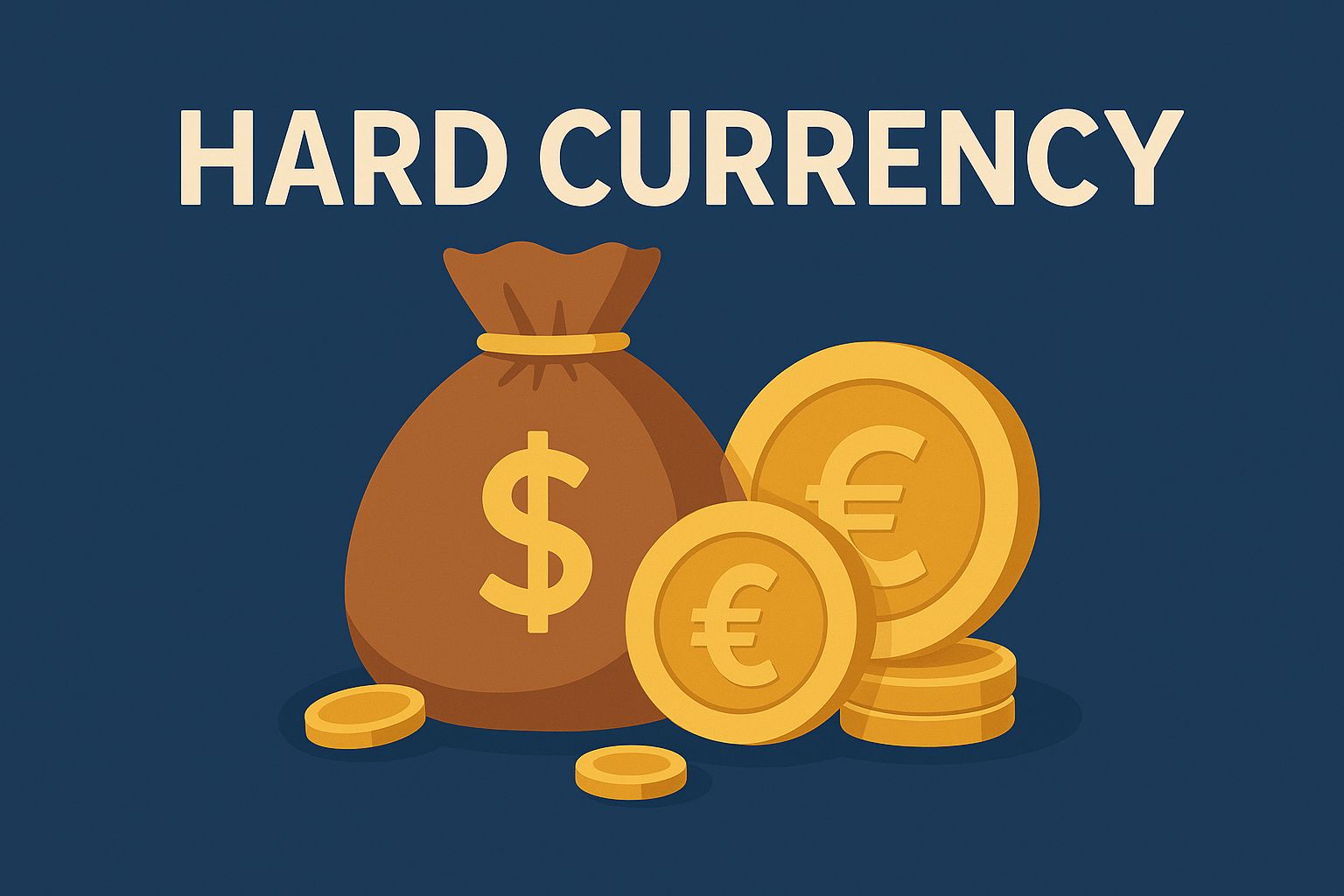
FAQs About Hard Currency
Q1. Which currencies are considered “hard”?
The main hard currencies today are the US dollar (USD), euro (EUR), Japanese yen (JPY), British pound (GBP), and Swiss franc (CHF). They are the most stable and widely used for global trade, reserves, and investments.
Q2. Can a soft currency become hard?
Yes, but it requires years of consistent policy and economic strength. Countries like South Korea and Singapore gradually strengthened their currencies by maintaining low inflation, fiscal discipline, and trade surpluses.
Q3. Why do investors move into hard currencies during crises?
Because they represent safety and liquidity. When uncertainty rises, traders and institutions seek assets that will retain value. Hard currencies, supported by large economies and reliable institutions, offer that protection.
The Big Picture
Hard currencies are more than just money. They are symbols of trust and stability in a world that often moves unpredictably. Their value reflects the credibility of the nations behind them and the confidence of global participants who use them every day.
While the financial system evolves with digital assets and shifting power centres, hard currencies remain the foundation of international trade, investment, and policymaking.
Mini Glossary
Reserve Currency: A currency held in large quantities by central banks for international transactions and stability.
Convertibility: The ease with which a currency can be exchanged for another or for goods and services.
Safe Haven: An asset or currency that retains or increases value during market turbulence.
Foreign Exchange Reserves: Assets held by central banks in foreign currencies to back liabilities and influence monetary policy.
Disclaimer: This material is for general information purposes only and is not intended as (and should not be considered to be) financial, investment or other advice on which reliance should be placed. No opinion given in the material constitutes a recommendation by EBC or the author that any particular investment, security, transaction or investment strategy is suitable for any specific person.
